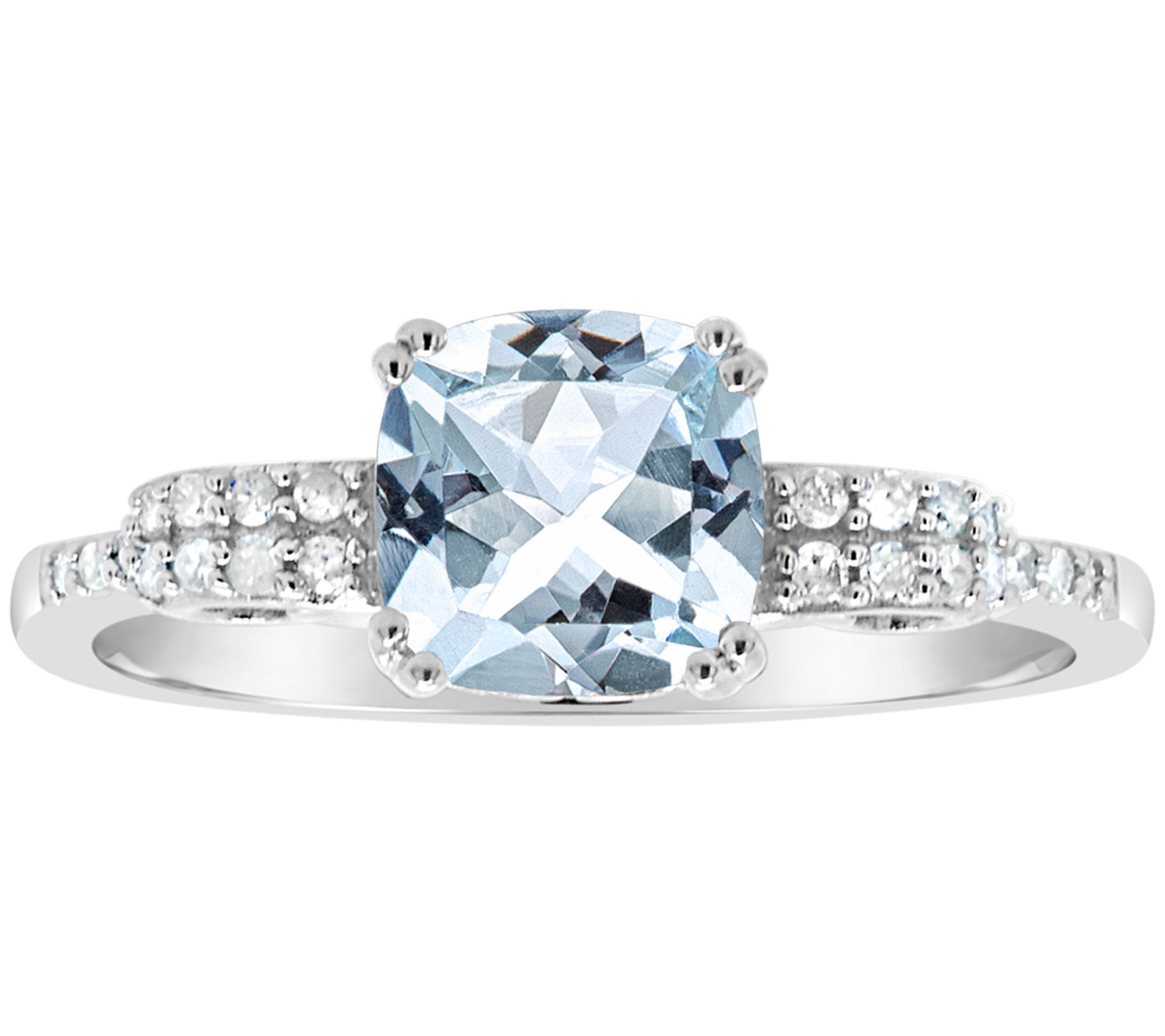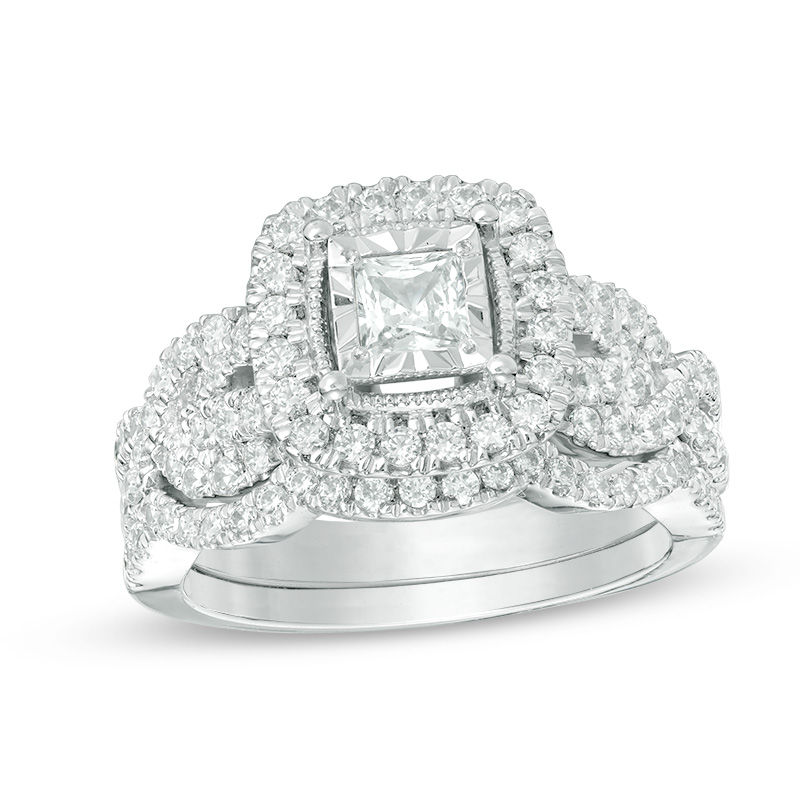Diamond Accent Beaded Bar Necklace in Sterling Silver – 17″
-
( 1 Review )Rated 5.00 out of 5 based on 1 customer rating01
Raise the fashion bar with this stylish necklace. Created in sterling silver, this design features a horizontal bar at the center adorned with intricate beaded detailing and scattered with shimmering diamond accents. A sophisticated look she’ll love, this bar is polished to a brilliant shine and suspends centered along a 17.0-inch rope chain that secures with a spring-ring clasp.
-
1.00 ctw Aquamarine & 1/10 cttw Diamond Ring, Sterling
Rated 5.00 out of 5041.00 ctw Aquamarine & 1/10 cttw Diamond Ring, Sterling
Rated 5.00 out of 504
Raise the fashion bar with this stylish necklace. Created in sterling silver, this design features a horizontal bar at the center adorned with intricate beaded detailing and scattered with shimmering diamond accents. A sophisticated look she’ll love, this bar is polished to a brilliant shine and suspends centered along a 17.0-inch rope chain that secures with a spring-ring clasp.
Item #: 19987334
| STONE(S) | |
|---|---|
| Total Weight (CT. T.W.) | Diamond Accent |
| Color | J |
| Clarity | I3 |
| Stone Type | Diamond |
| Stone Color | White |
| Stone Shape | Round |
| Stone Carat Range | Under 1/4 |
| Stone Setting | 4-Prong |
| METAL(S) | |
|---|---|
| Metal Type | Sterling Silver |
| Metal Color | White |
| Metal Finish | Polished |
| Rhodium | Yes |
| NECKLACE DESIGN | |
|---|---|
| Necklace Style | Fashion Necklace |
| Necklace Length | 17 |
| Necklace Clasp Type | Spring-Ring |
| Chain Type | Rope |
| PRODUCT ATTRIBUTES | |
|---|---|
| Length | 17 |
| Clasp Type | Spring-Ring |
| Chain Type | Rope |
Typographic errors are subject to correction. Merchandise enlarged to show detail and may not always be exactly as pictured. Promotions, prices, styles and availability may vary by store and online.
Additional information
| Length | 17 |
|---|---|
| Clasp Type | Spring-Ring |
| Chain Type | Rope |
Average Rating
5.00
Rated 5.00 out of 5 based on 1 customer rating
015 Star
100%
4 Star
0%
3 Star
0%
2 Star
0%
1 Star
0%
Submit your review Cancel reply






by Ashli
Perfect, more beautiful than the picture. This was exactly what I wanted